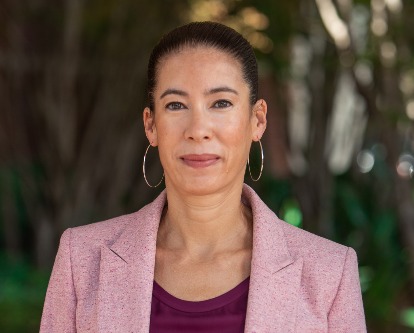Negotiations associated with technology adoption can take months or years and agreements are often made close to deadlines. Existing theories attribute agreement delay and the deadline effect in bilateral negotiations to either asymmetric information or behavioral constraints.
However, high-technology industries are often characterized by deep cooperation, effective
communications, rational decisions, and uncertain demand for new technologies. To study
the driving forces and consequences of delayed agreements in high-technology industries, we
build a bilateral, dynamic bargaining model featuring uncertain demand facing the seller, information
symmetry, and a deadline. We discover that incentives to learn about the seller’s demand drive delay of agreements. With better information, the seller can possibly sell the manufacturing capacity to buyers who would like to pay more; however, the buyer can also benefit from learning because the seller must make concessions if they find the demand to be
weak. Thus, contrary to most existing theories, delay can benefit both negotiators, and even
with the deadline effect present, their expected payoffs can be improved by extending the
deadline. In addition, we find that the delay tendency increases as more technology adopters
appear and the belief of high demand becomes stronger.




